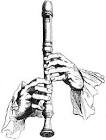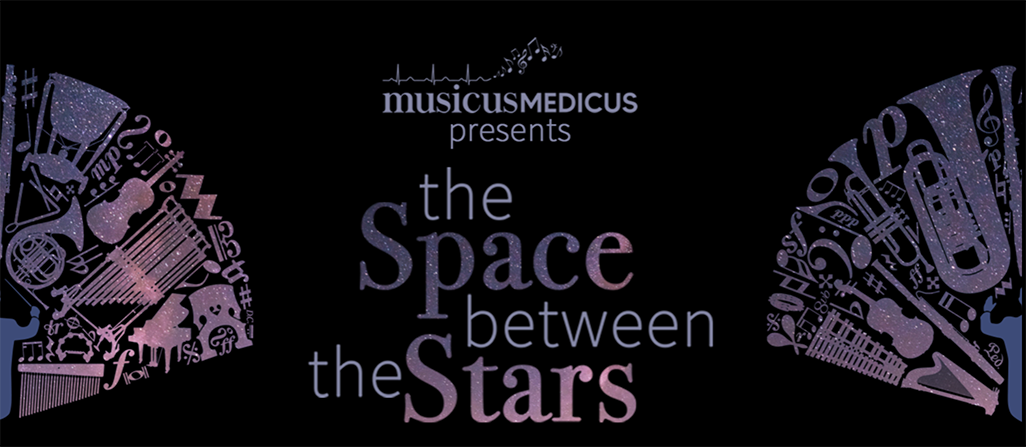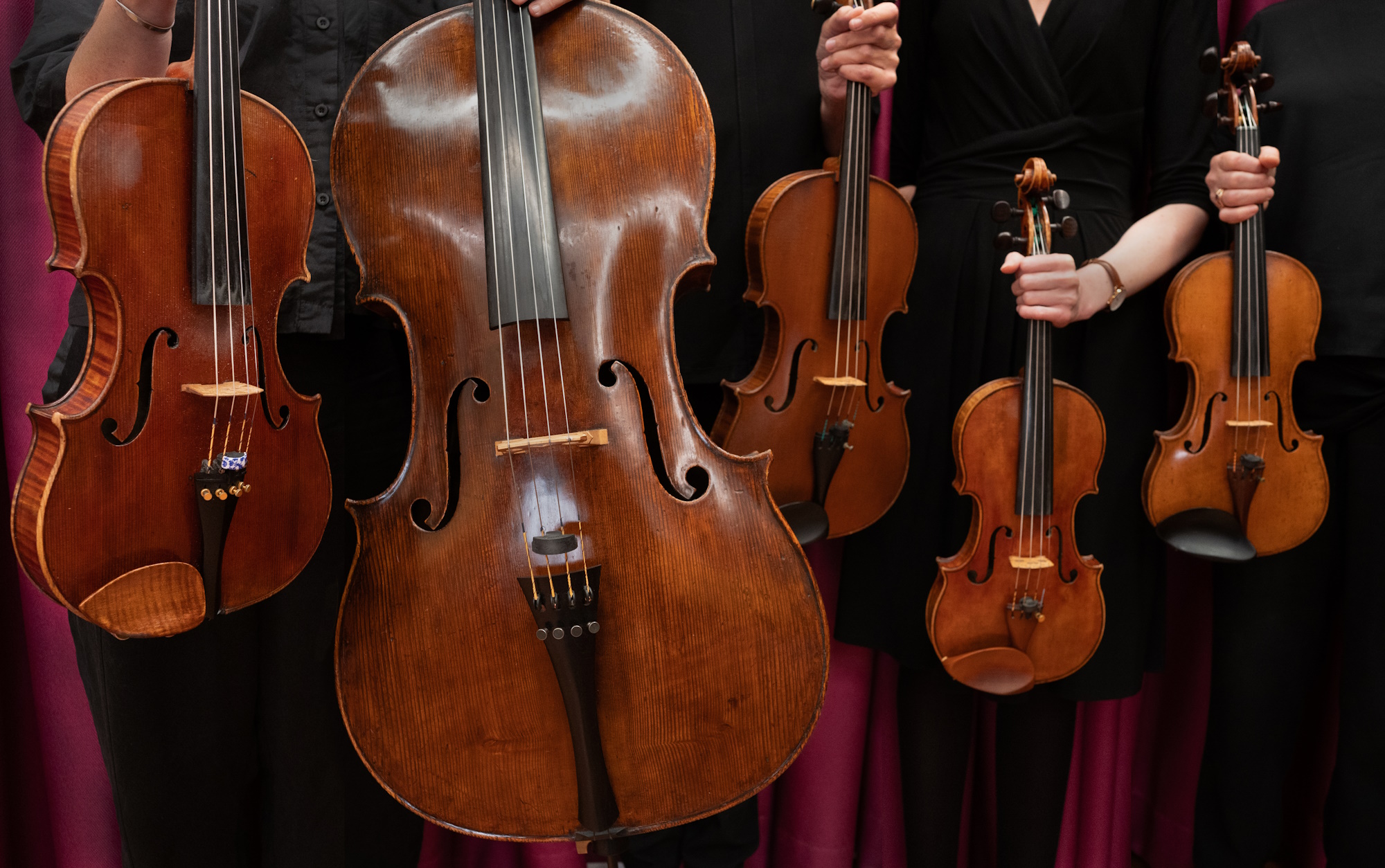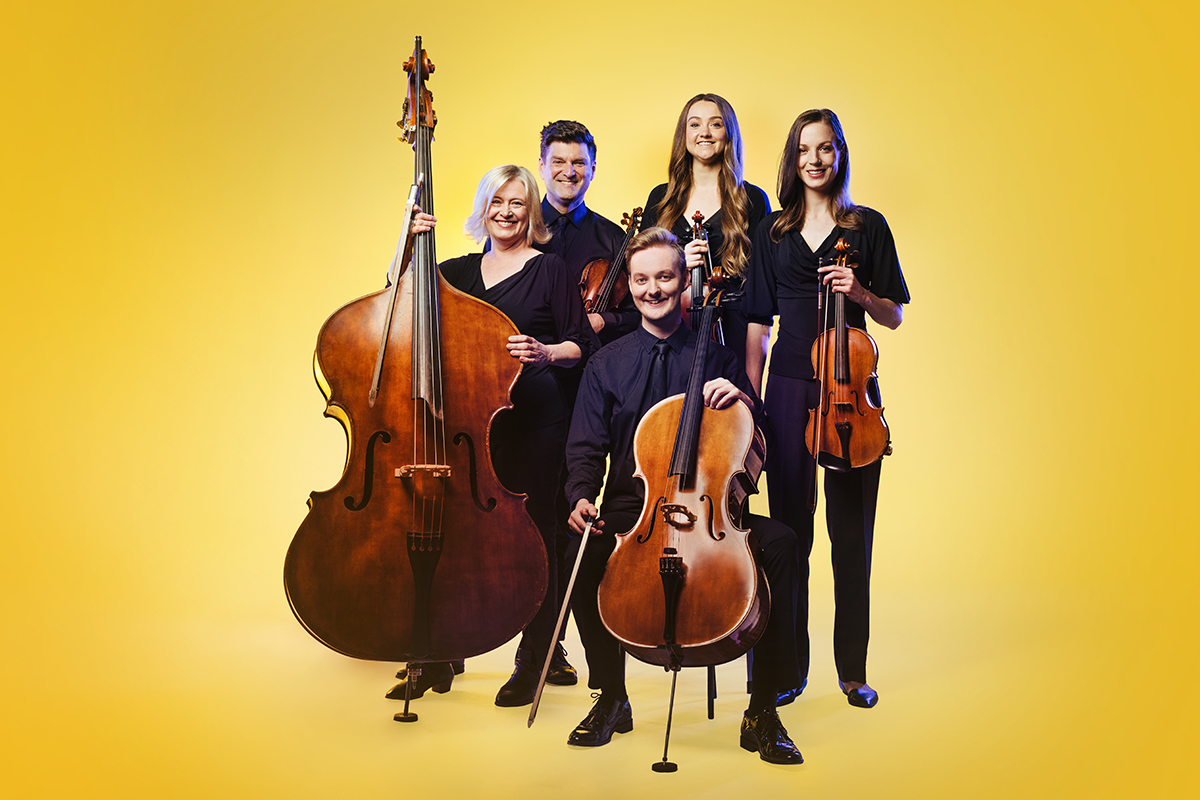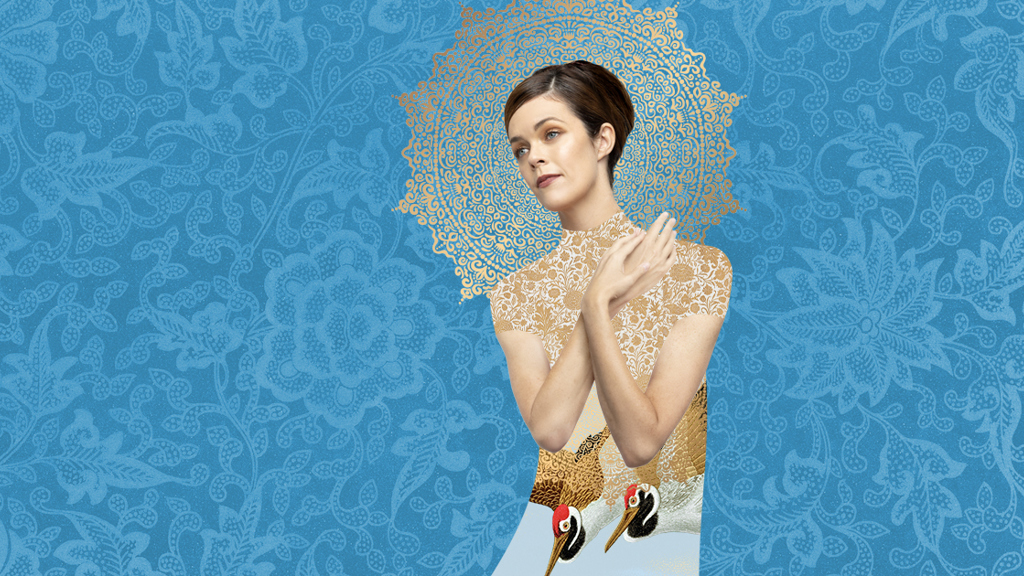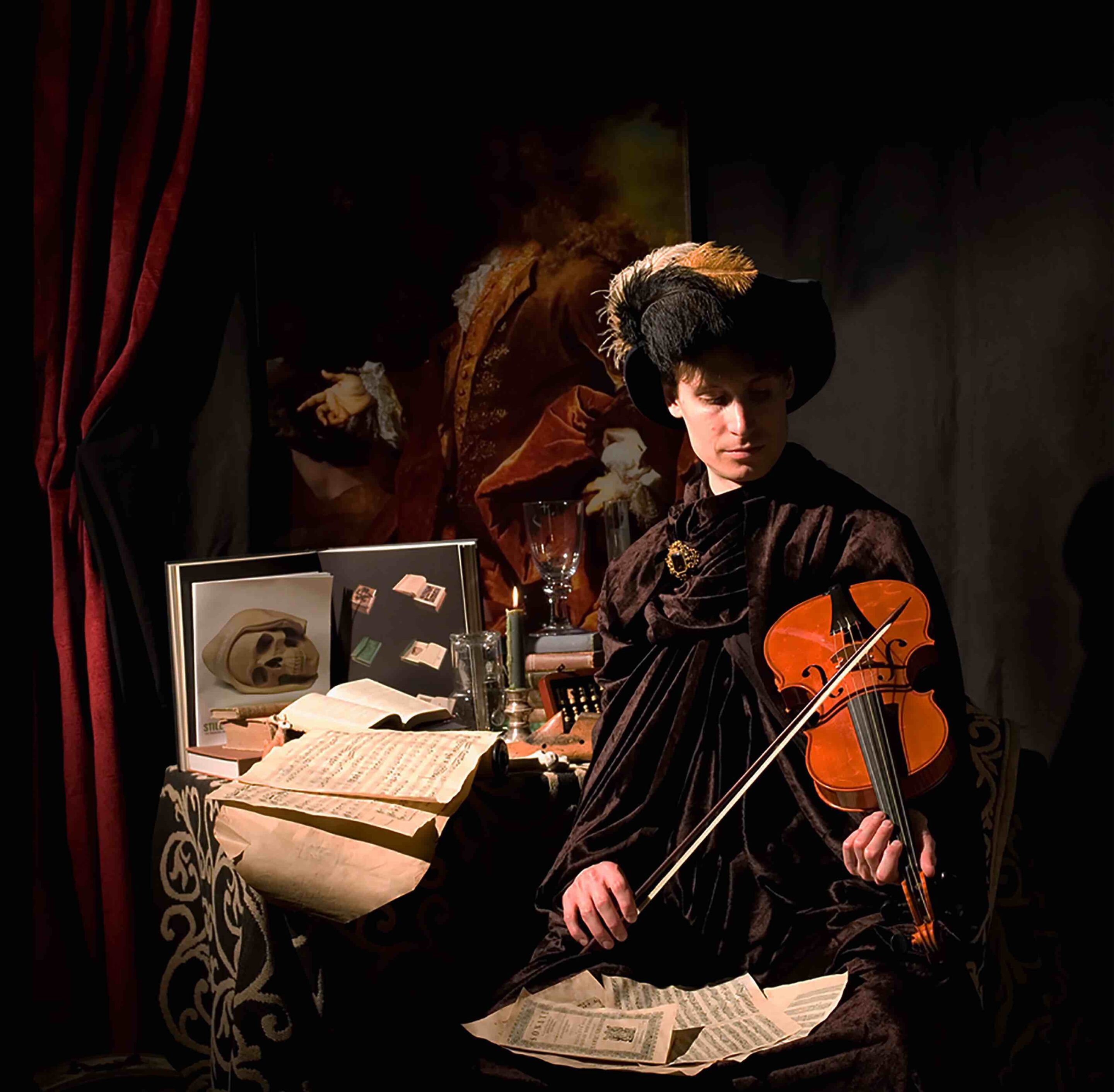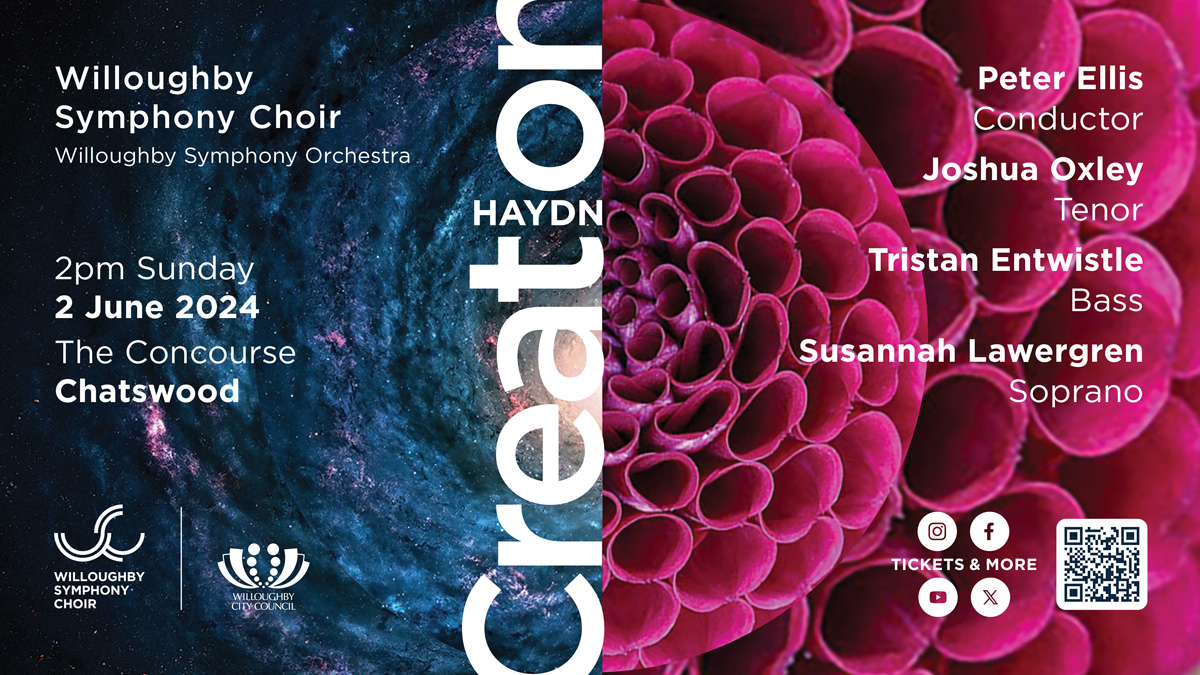Under the guest direction of Pinchgut Opera’s Erin Helyard, the AHE positively shone. This was the best performance I have seen from them.
Helyard played the piano solos on the program, as well as the continuo, on a magnificent period fortepiano; a replica of an instrument by the famous late 18th Century Viennese maker Anton Walter. The instrument has a bright tone and a wide dynamic range due largely to its wooden frame and leather hammers.
Helyard conducted from the keyboard but facing the audience. This added an impressive visual element to the subtlety of the musical direction. I really liked being able to see the conductors hands and face.
The period orchestra consisted of strings, fortepiano, bassoon and pairs of oboes and horns.
JC Bach’s Symphony in G minor Op 6 No 6 exploded into the wonderful acoustics of the Verbrugghen Hall with an exciting, rich and vibrant sound. The natural horns expanded the texture with that wonderful noisy buzz they produce when the throttle is wide open. Brisk and tight rhythm added to this excitement and it put my heart into my throat. The last movement had this same energy too, filled with drama.
The slow movement by contrast, for strings only, opened with the gentlest of sad sounds. It was well thought out in articulation and its restrained dynamics, and had a beautiful contrast between passages of light touch and full-bodied tone. The sonority was always warm. Touching indeed.
In playing Mozart’s Piano Concerto No 12 in A major (K414), Helyard scaled the sound of the orchestra back considerably to match that of the fortepiano. None of that bite here from the horns, but rather an elegant blend in the tuttis. The solo passages showed great delicacy and were always musical through Helyard’s expressive liberties with rhythm and tempo.
A second Mozart work for solo piano and orchestra was presented after the interval. The one and only manuscript of the Rondo in A Major (K386) was dismembered after Mozart’s death and it is only due to some impressive scholarship that we are able to hear this piece today. The work begins with a bold melody on solo unison violin and cello and this is lusciously developed to its full depth by the orchestral scoring and with thoughtful interpretation. There were many exquisite moments of anticipation before each return of the “A” in the solo fortepiano.
The program concluded with Haydn’s famous “Farewell” Symphony No 45 in F# minor (Hob1:45). Haydn is well known for embedding jokes into his compositions, like winning a bet that he could make the audience clap before a piece finishes, by adding ridiculous extensions to the final coda. Or in the “Surprise” Symphony by having a sudden very loud chord after a prolonged pianissimo opening. In the “Farewell”, as Helyard put it, he was making an “enterprise bargaining” ambit. Musicians, tired of repeated late nights, were gradually scored to leave the stage during the final movement with only two violins remaining for the final cadence. Wonderful visual humour was presented here by the AHE as the departing players walked off the stage with all sorts of holiday accessories. Variously Austrian feathered hiking hats and knapsacks, a life vest, towels and beachball, surfboard, snorkel and flippers, skis, suitcases, reindeer horns, beer and champagne.
While the audience laughter at the end did substantially overshadow the music, I do not think Haydn would have minded. Before the frivolities however, the music had all the vibrancy of the JC Bach. The orchestral texture was “off the leash” in the first movement but producing a perfect blend of tone and synchronous articulation. The heavily minor and serious Adagio was given deep sophistication through the rich dark tone produced. The generously textured phrases of the Minuet movement, including the horns, were answered with delicate string phrase responses. In the Finale, musical material was often bounced between the antiphonally placed first and second violin sections, anticipating the intentionally underwhelming lonely solo violins at the humorous bitter end.
I want to thank the musicians of the AHE for making this such a thrilling and exhilarating performance. One of the best concerts of the year!
Thoughts about:
![]()
Australian Haydn Ensemble: Haydn’s Farewell | Verbrugghen Hall, Sydney | 16 December 2018
![]()




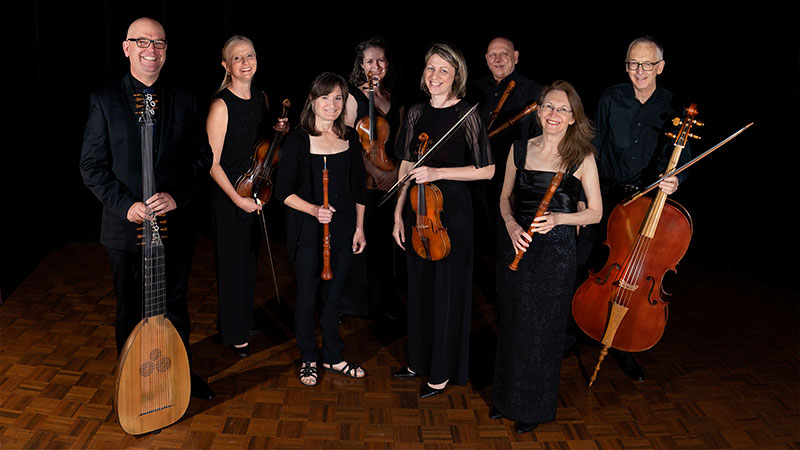

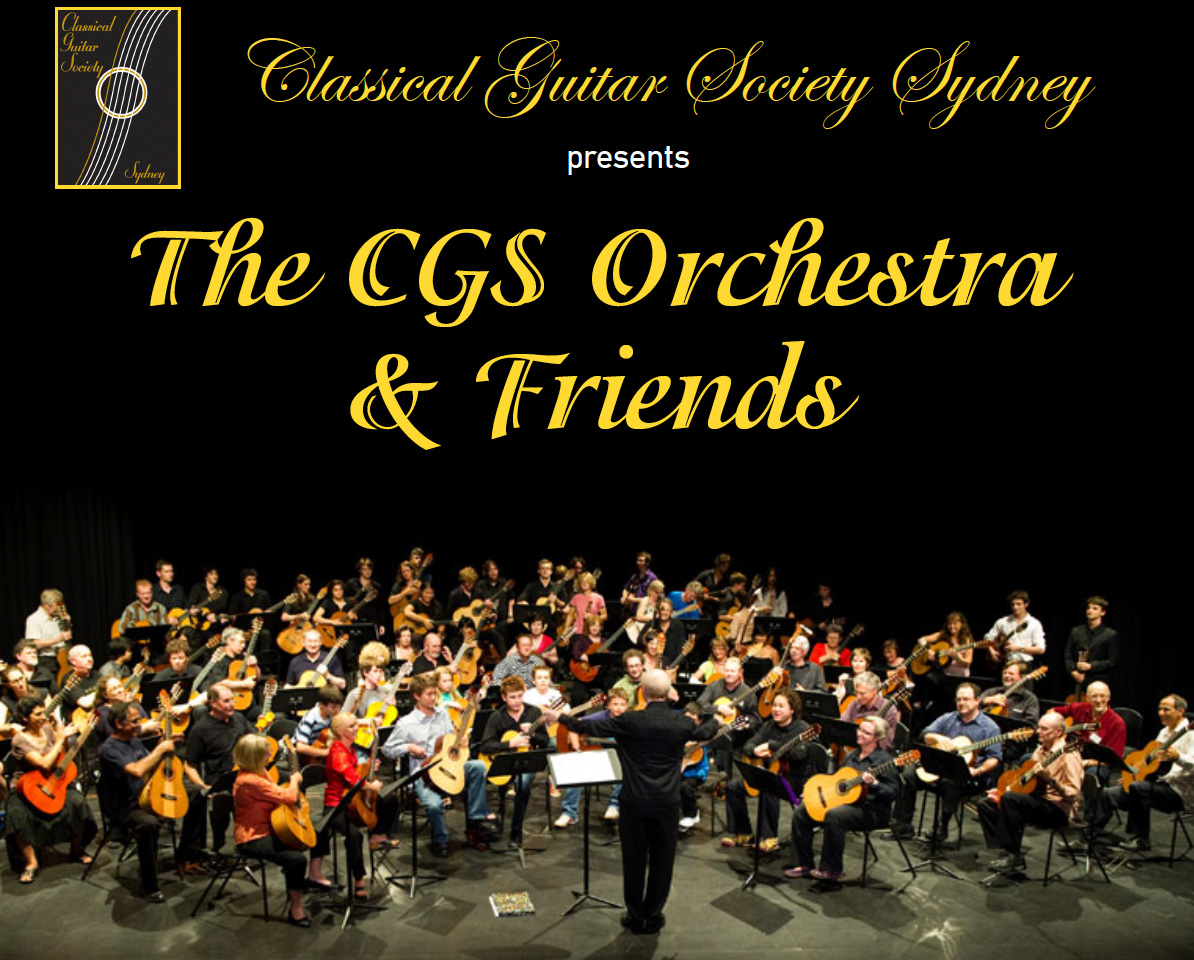

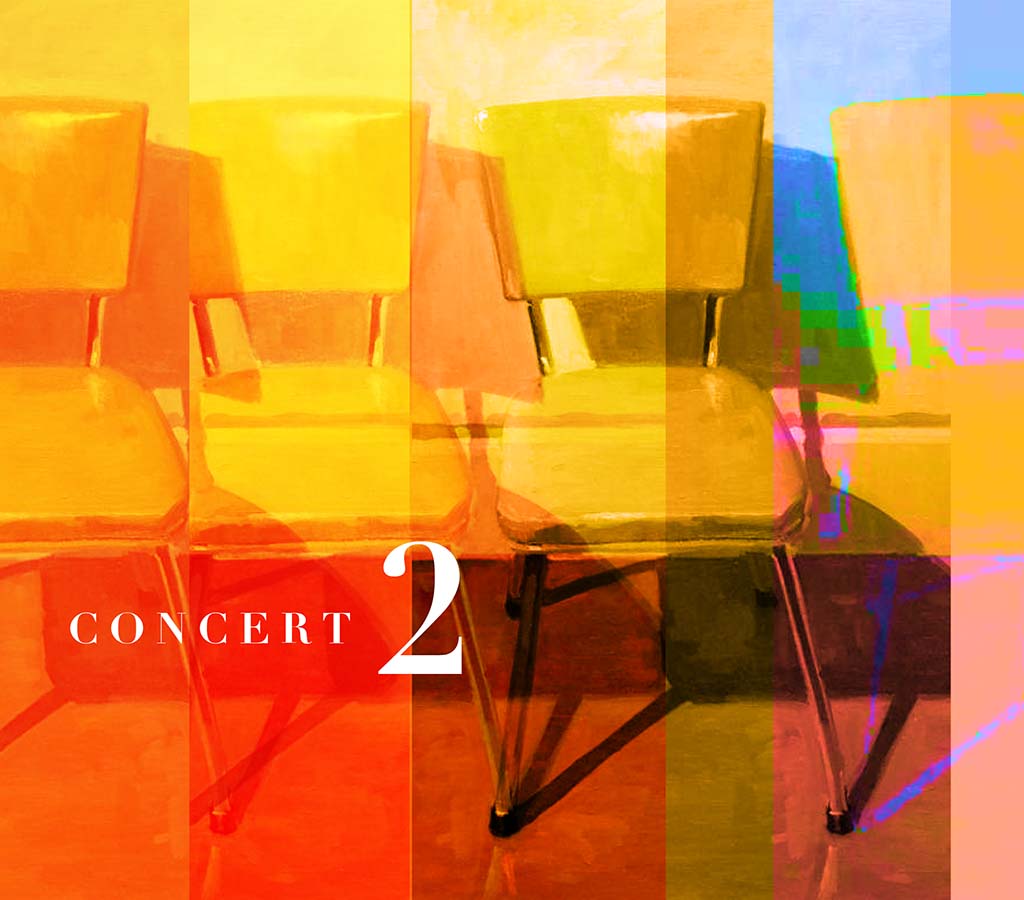

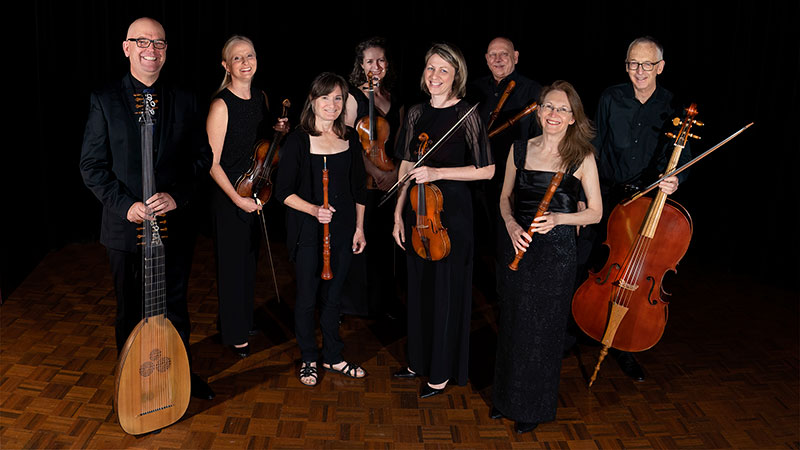
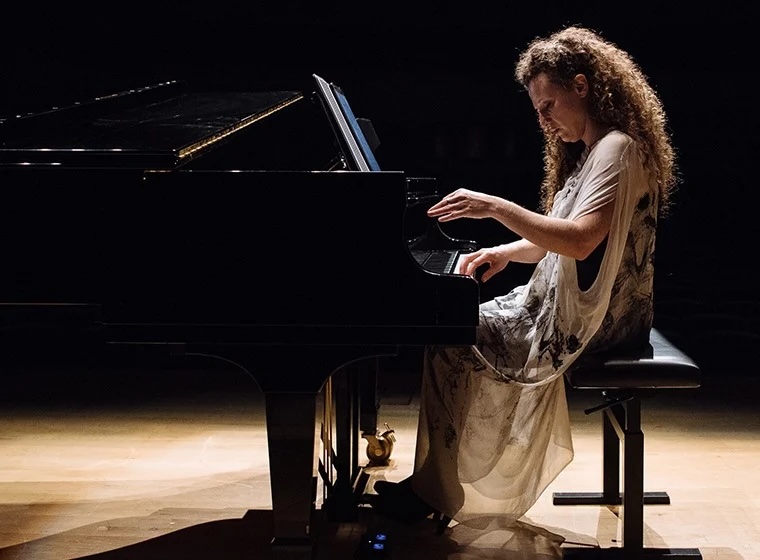








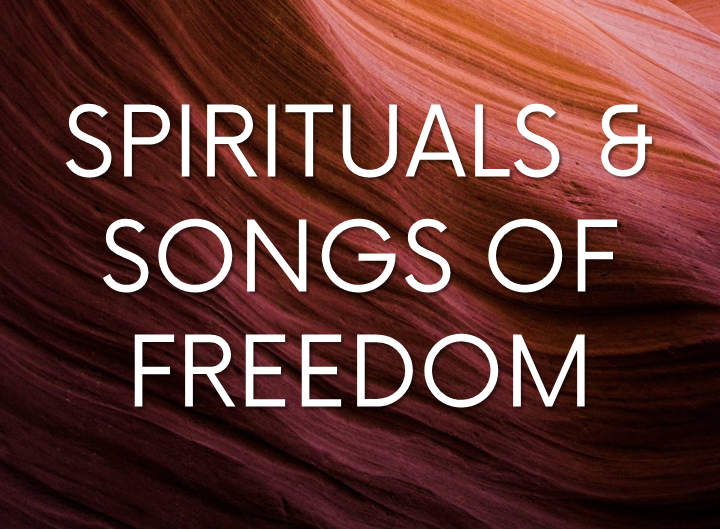

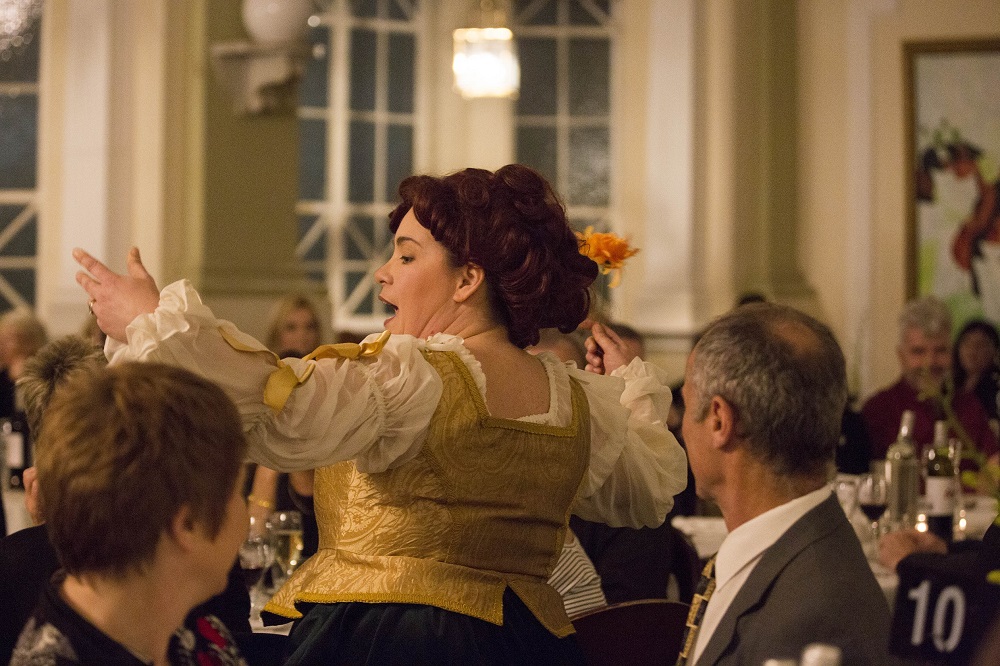












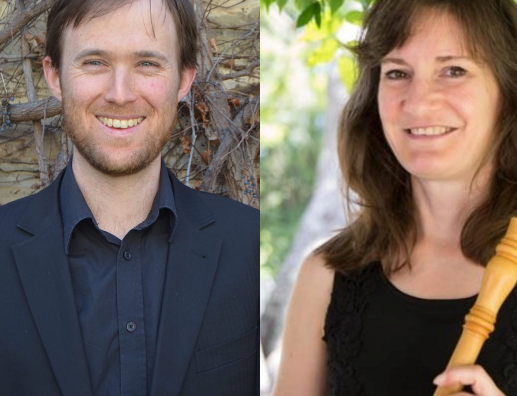
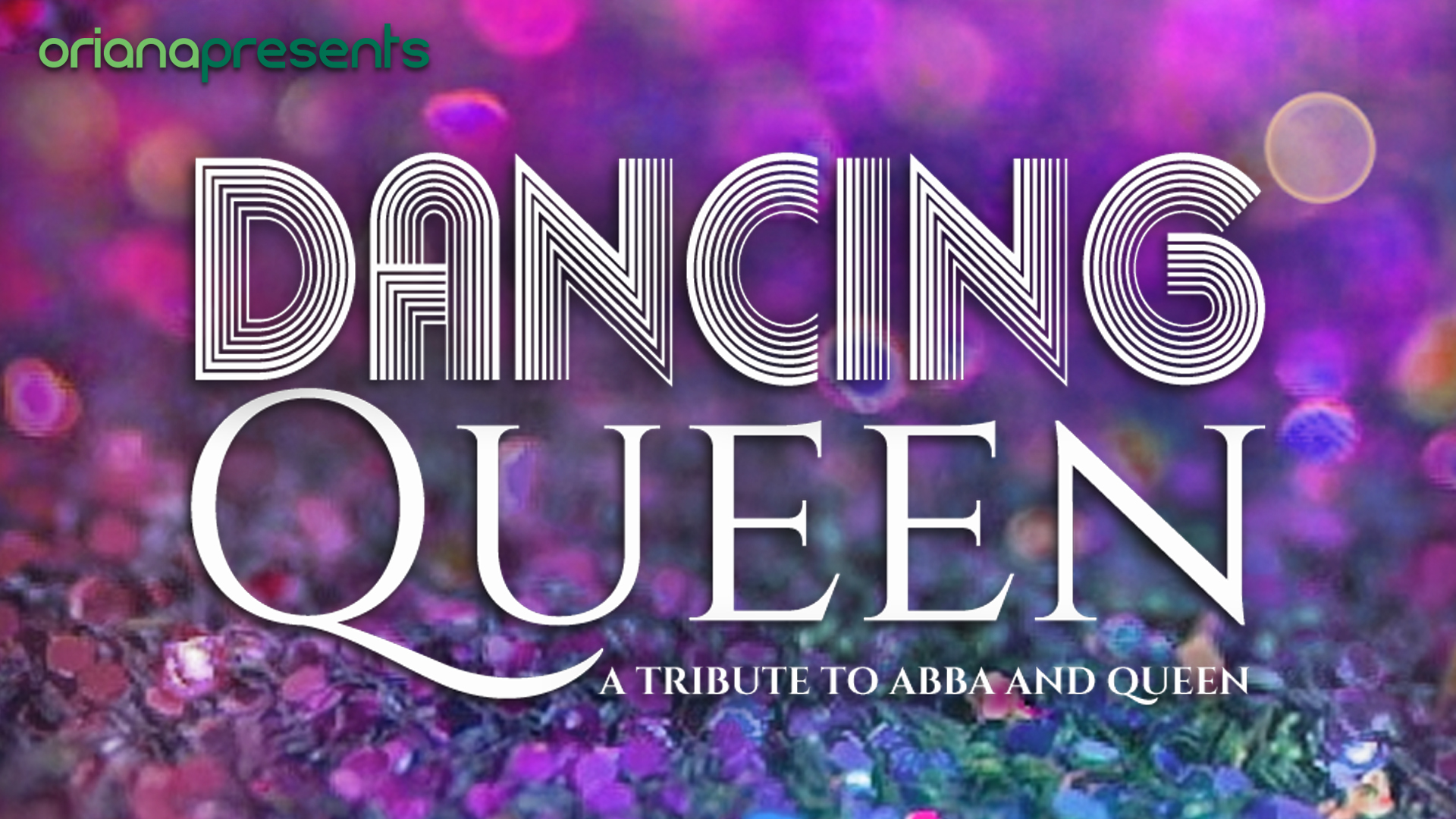


![user222 mrc mostlymozart [glories of the clarinet] user222 mrc mostlymozart [glories of the clarinet]](https://cdn-classikon.b-cdn.net/wp-content/uploads/2024/02/user222-mrc_mostlymozart_glories_of_the_clarinet.png)



